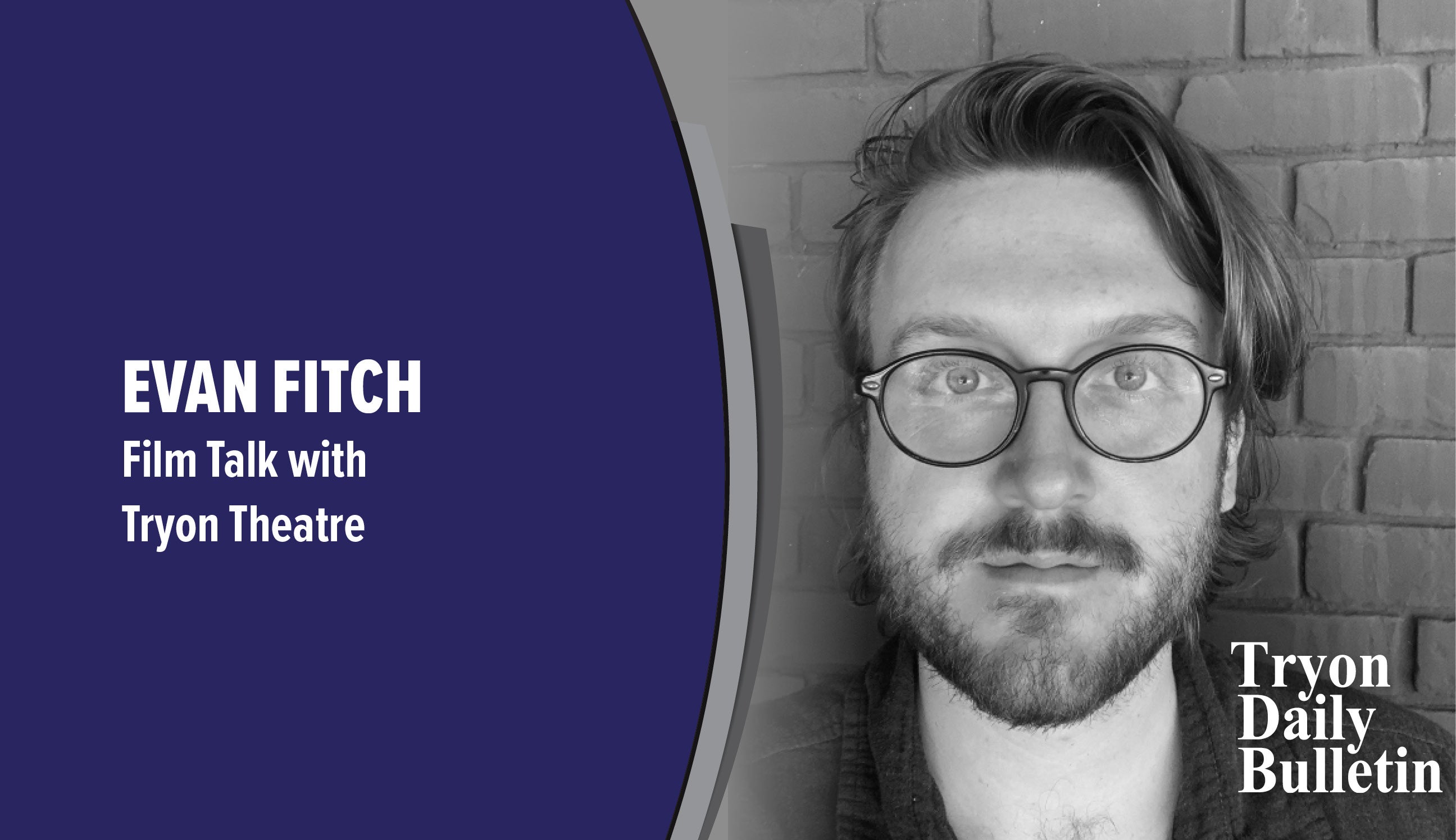Embrace an artistic soul in “Emily”
Published 12:11 pm Tuesday, March 21, 2023
|
Getting your Trinity Audio player ready...
|
Coming to the screen this week at Tryon Theatre is “Emily,” a richly imagined glimpse into the life of the most reclusive, and arguably most talented, Brontë sister.
Emily Brontë is the titular character of this film and is brought to life by the wonderfully expressive Emma Mackey, who inhabits the complex and mercurial emotions of Emily with searing authenticity. While Mackey’s performance is captivating in its own right, it is made even more so by the merit of its perfect pairing with the film’s direction. Frances O’Connor, in her directorial debut, brings a sensitive and passionate eye to the film’s formal elements, capturing her heroine Emily in the full scope of her intricate interiority.
O’Connor’s directorial perspective as a woman surely enhances the empathy and understanding with which Emily is portrayed in the film. O’Connor began her career in front of the camera, bringing her emotive abilities to similarly set films such as “Madame Bovary” (Fywell 2000) and “Importance of Being Earnest” (Parker 2002). And now, for the first time, O’Connor has channeled her talent into both writing and directing, beautifully realizing an artist about whom we know so little.
Emily Brontë, the writer, grew up as the middle of three sisters (Charlotte older, and Anne younger), with one younger brother (Branwell). There were two older sisters, who had died very young before the rest of their siblings came into the world. The death of the family’s first children left a darkness over the Brontë household, one that permeated every instance of the other four’s lives. The children found themselves born into a world that did not celebrate their passions and philosophies, a world of rigid social order and gendered occupations.
Each of the children sought escape and freedom, some through the exterior world, some through inebriation, and some through the vast interior world of their own minds, but all through art. While all the sisters were writers, Charlotte and Emily wrote what have proven to be the most enduring pieces of art produced by the Brontë family. Charlotte, author of Jane Eyre (1847) was a prolific writer, both in poetry and fiction under her male pen name of Currer Bell, and in correspondence with her family while abroad. Emily, the sister whose story is at the center of the film, was almost the inverse of Charlotte. Emily was a famous recluse, choosing the complexity of her own mind over the outside world.
Charlotte, in her letters to home, made many a reference to her “solitude-loving raven” of a sister. But we are left in the modern day without any accounting from Emily herself. Emily’s personality and talent shone in her poetry and were cemented in her only novel, the masterful Wuthering Heights (1847). Much like her older sister, Emily only found success through publishing under a male pen name, Ellis Bell. So, much like her sister, she would be unappreciated in her own time for the brilliance of her art. Outside of her and Charlotte’s art, Emily Brontë largely existed as a mystery, leaving very few details for the formation of Emily, the character. As such, the film takes many imaginative liberties with the experiences and personality of its lead, but does to great ends. “Emily” breathes life into an artist, enriching the art itself with a fuller perspective on the human being who birthed said creation. It is a captivating and emotional film, one that allows you to temporarily inhabit the beauty and the pain of an unrealized genius. We hope to share the intimate journey with you!






